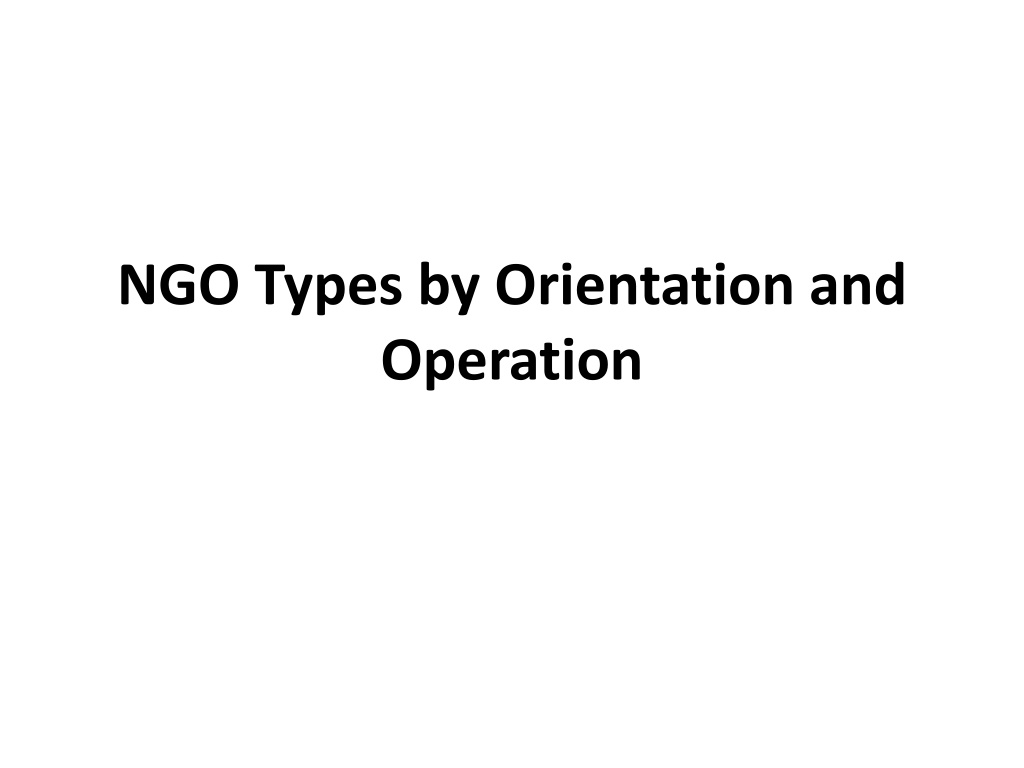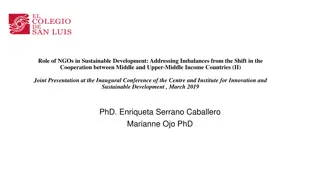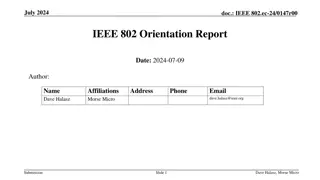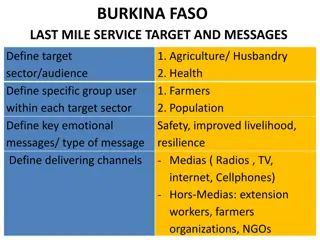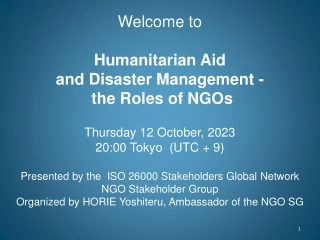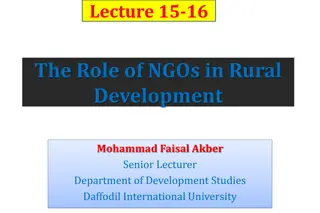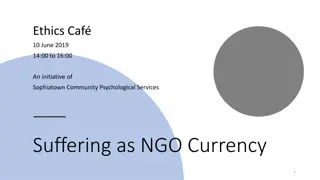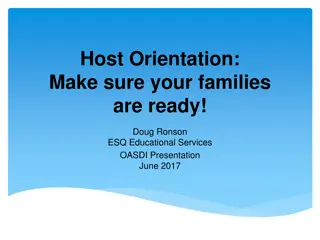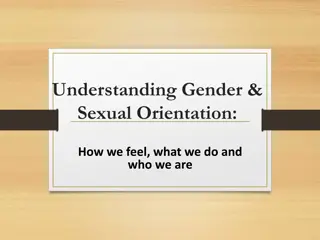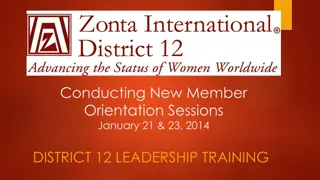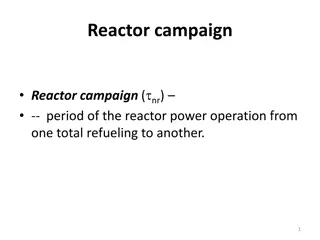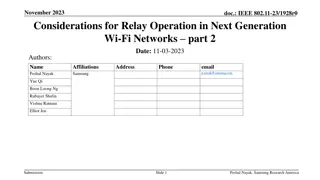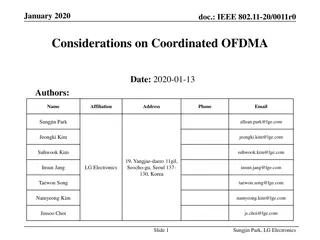Understanding Different Types of NGOs by Orientation and Operation
Explore the diverse orientations and operations of NGOs, including Charitable, Service, Participatory, and Empowering orientations. Learn how NGOs engage with communities, provide services, empower individuals, and operate at different levels to bring about positive change. Discover Community-based Organizations (CBOs) and their valuable role in community development and empowerment.
Download Presentation

Please find below an Image/Link to download the presentation.
The content on the website is provided AS IS for your information and personal use only. It may not be sold, licensed, or shared on other websites without obtaining consent from the author. Download presentation by click this link. If you encounter any issues during the download, it is possible that the publisher has removed the file from their server.
E N D
Presentation Transcript
NGO Types by Orientation and Operation
NGO types by Orientation: Charitable Orientation often involves a top- down paternalistic effort with little participation by the "beneficiaries". It includes NGOs with activities directed toward meeting the needs of the poor -distribution of food, clothing or medicine; provision of housing, transport, schools etc. Such NGOs may also undertake relief activities during a natural or man-made disaster.
Service Orientation includes NGOs with activities such as the provision of health, family planning or education services in which the program is designed by the NGO and people are expected to participate in its implementation and in receiving the service.
Participatory Orientation is characterized by self-help projects where local people are involved particularly in the implementation of a project by contributing cash, tools, land, materials, labour etc. community development participation begins with the need definition and continues into implementation stages. Cooperatives often have a participatory orientation. In the classical project, the planning and
Empowering Orientation is where the aim is to help poor people understanding of the economic factors affecting their lives, and to strengthen their awareness of their own potential power to control their lives. Sometimes, these groups develop spontaneously aroud a problem or an issue, at other times outside workers from NGOs play a facilitating role in their development. In any case, there is maximum involvement of the people with NGOs acting as facilitators. develop social, a clearer and political
NGO Types by level of operation:
Community-based Organizations (CBOs) arise out of people's own initiatives. These can include sports clubs, women's organizations, neighbourhood organizations, educational organizations. There are a large variety of these, some supported by NGOs, national or international NGOs, or bilateral or international agencies, and others independent of outside help. Some are devoted to rising the consciousness of the urban poor or helping them to understand their rights in gaining access to needed services while others are involved in providing such services. religious or
Citywide Organizations Citywide Organizations include organizations chambers of commerce coalitions of business, ethnic or educational groups and associations organizations. Some exist for other purposes, and become involved in helping the poor as one of many activities, while others are created for the specific purpose of helping the poor. and industry, of community
National NGOs National NGOs include organizations such as the Red Cross, professional organizations etc. Some of these have state and city branches and assist local NGOs. National and local non-governmental organizations (NGOs) are very diverse in both their aims and in their activities. National NGOs can be concerned with global, national and local issues. Local NGOs are usually only interested in a specific local issue or a relatively small geographically defined area. An important strength of both national and local environmental NGOs is that these organizations usually have members who are close to the problem or issue . A second important strength is that these organizations are usually able to take a long-term view where necessary. This contrasts with the relatively short-term view often taken by elected democratic governments. The activities undertaken b
The activities undertaken by these NGOs include: campaigning, publicity, education, representation, protest, and action. These activities can all be considered as part of the education process. Environmental systems are very complex and an element of strength of these NGOs is that by using a range of educational methods they are often able to convey complex environmental issue
International NGOs International agencies such Save the Children organizations, OXFAM, CARE, Ford Foundations to religiously motivated groups. Their activities vary from mainly funding local NGOs, institutions implementing the projects themselves. NGOs range from secular and Rockefeller and projects, to
